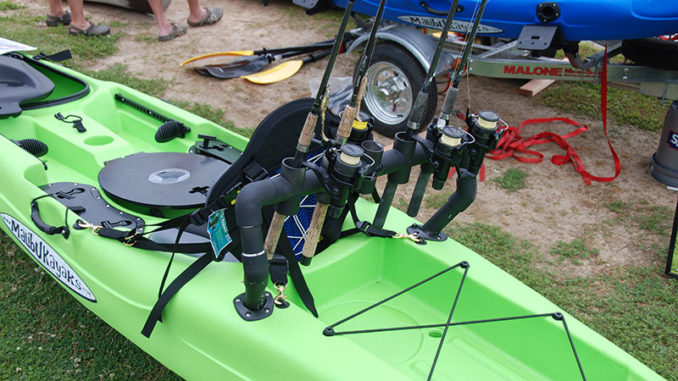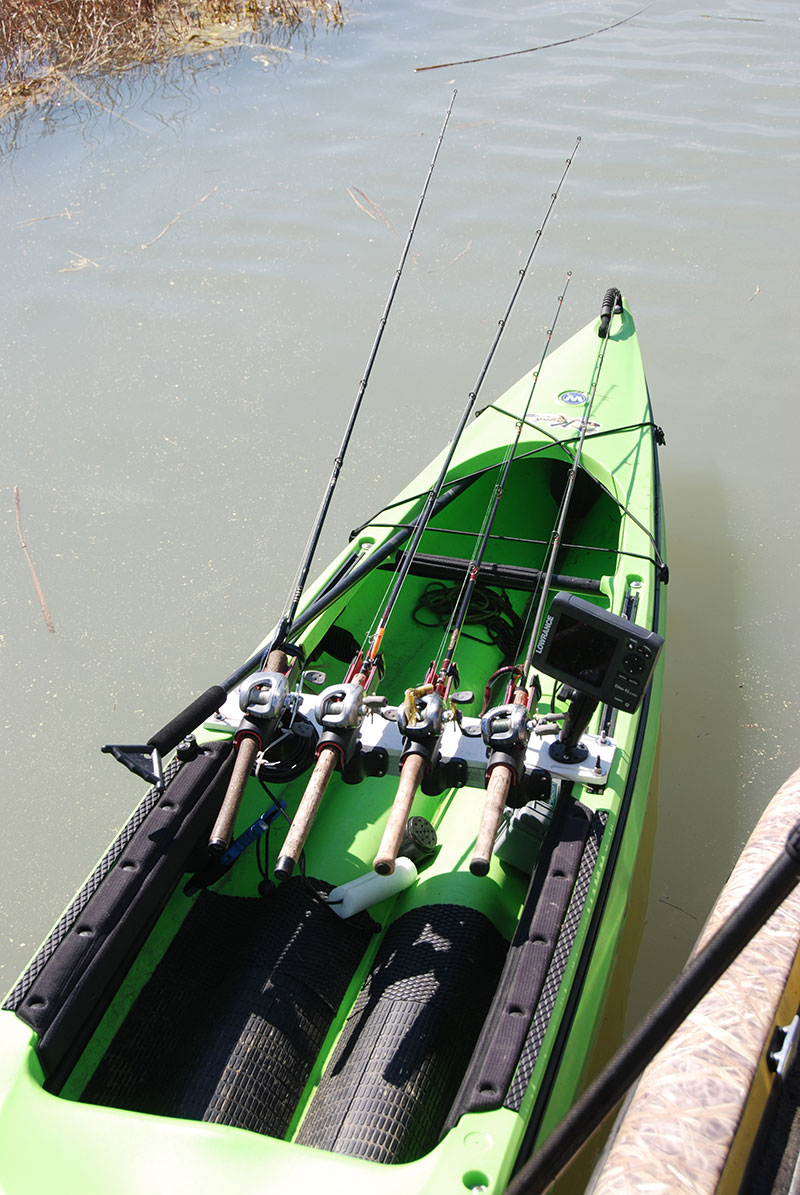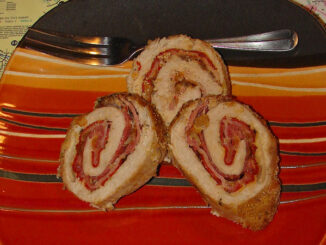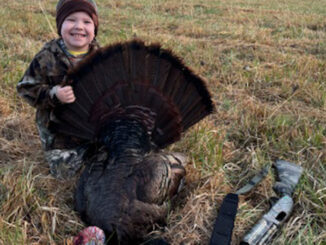
Rig it up
The pioneers of kayak fishing were notorious for creating the accessories they felt would help them catch fish in the specific areas where they fished. Shelves and aisles of kayak fishing accessories were not available in sporting goods stores like today.
Even now, both newcomers and old timers of the sport often can’t help themselves when it comes to turning garden variety items or building materials into specialized kayak fishing stuff. It might be the idea that “I can make it better than they can” or the other side is “I can make it cheaper than I can buy it.”
What follows will not be an attempt to list all the items you could make and put on a kayak. This will just be something to get your creative juices flowing.
Milk Crates – Milk crates are tough and cheap. Many hardware stores now sell brand new ones like a blank sheet of canvas for the artist to create upon.
Anything and everything can be bolted, glued, strapped or otherwise attached to the common milk crate and turn it into the ultimate fishing accessory base. Milk crates are the only DIY product that kayak accessory manufacturers have tried to copy because they couldn’t make a better original.
PVC pipe – It’s cheap, sorta, and it’s widely available in most any building supply store. The cool thing is that PVC is pretty close to the density and weight of the plastic used in the boat, meaning it’s both strong and durable.
Rod holders, rod tubes, handles, racks, railing, kayak carts, trailers and poles are just a few things that can be made with PVC. If you’re new to the idea, Stick with Schedule 40 PVC.
The other cool thing about PVC is that it comes in small sizes ranging from ½-inch diameter all the way up to 6-inch diameter. Numerous connectors, Ts, Ys, plugs, reducers, and other attachments designed for plumbing applications make PVC the gold standard in kayak DIY building material.
Paracord – Paracord is the official rope of the plastic armada. It has thousands of uses for kayaking in general and kayak fishing in particular. Paracord typically has a 500+ pound rating and is sometimes referred to as 550 paracord.
Because it doesn’t take as much strength to tie up or anchor a kayak as a much heavier powerboat, paracord can be used for both. In addition, several hundred feet of paracord can be stored on a kayak, especially if it’s still rolled up like it comes from the factory.
Pool noodles, etc

Pool noodles – It’s hard to imagine, with all the other-than-intended uses of pool noodles out there, that anyone considers them something a child would play with in a swimming pool. Being made of rigid, non-absorbent very buoyant foam, noodles make great padding, either for the paddler in the boat or the boat resting on the cart or car rack.
In addition, paddles, rods, stake out poles, and other weighty materials can be sheathed in pool noodles and will float if dropped overboard. Pool noodles are easy to cut with just a pocket knife. And they hold a high level of buoyancy for ages.
Carabiners – Some folks call them D-clips or mountain climber clips, but the average 75-pound capacity carabiner that’s found in practically any hardware store also has 1001+ uses on a kayak.
In recent years, it seems the general kayak fishing public has gotten away from attaching a rope of cord to every piece of gear, but a few things stay in place better, which makes them easier to find, if they are clipped to either you or the boat, or maybe another large piece of kayak gear. A carabiner is the way to go. They come in a variety of sizes, and by adding a length of the above mentioned paracord, you can make a detachable leash.
Bungee Cord – Not to be confused with paracord, which does not stretch, most kayaks come with lengths of bungee cord already attached, either around the tank well or along the gunnels. ■
Best Bets
NORTH CAROLINA
WHAT — Largemouth Bass
WHERE — Shearon Harris Lake
HOW — Target bream beds. Long clay, sand, or gravel points are good places to look as are small cuts, coves, and ditches where bream spawning will occur. Throw topwater baits first thing in the morning. Later in the day move to suspending soft plastics or jerk baits.
LAUNCH — Shearon Harris Lake (Unimproved Access) off New Hill Holleman Rd., Hollemans Crossing, and Cross Point Landing are the standard launch sites.
INSIDER TIP — Shearon Harris has a number of sharp drop off areas where 3 feet of water suddenly gives way to 10 feet or deeper.
SOUTH CAROLINA
WHAT — Saltwater Inshore – Redfish, flounder, trout
WHERE — SC Barrier Islands – Kiawah, Fripp, Edisto
HOW — Topwater baits can be fished around the mouths of drains in the marsh areas around the islands. Fish live or cut baits under boat docks on an incoming tide.
LAUNCH — Public launch areas on the islands can be found on the SCDNR website at dnr.sc.gov. Some marinas or wharves will allow you to launch for a fee.
INSIDER TIP — Public ponds can offer some awesome fishing especially with live shrimp or mud minnows under a cork.





Be the first to comment